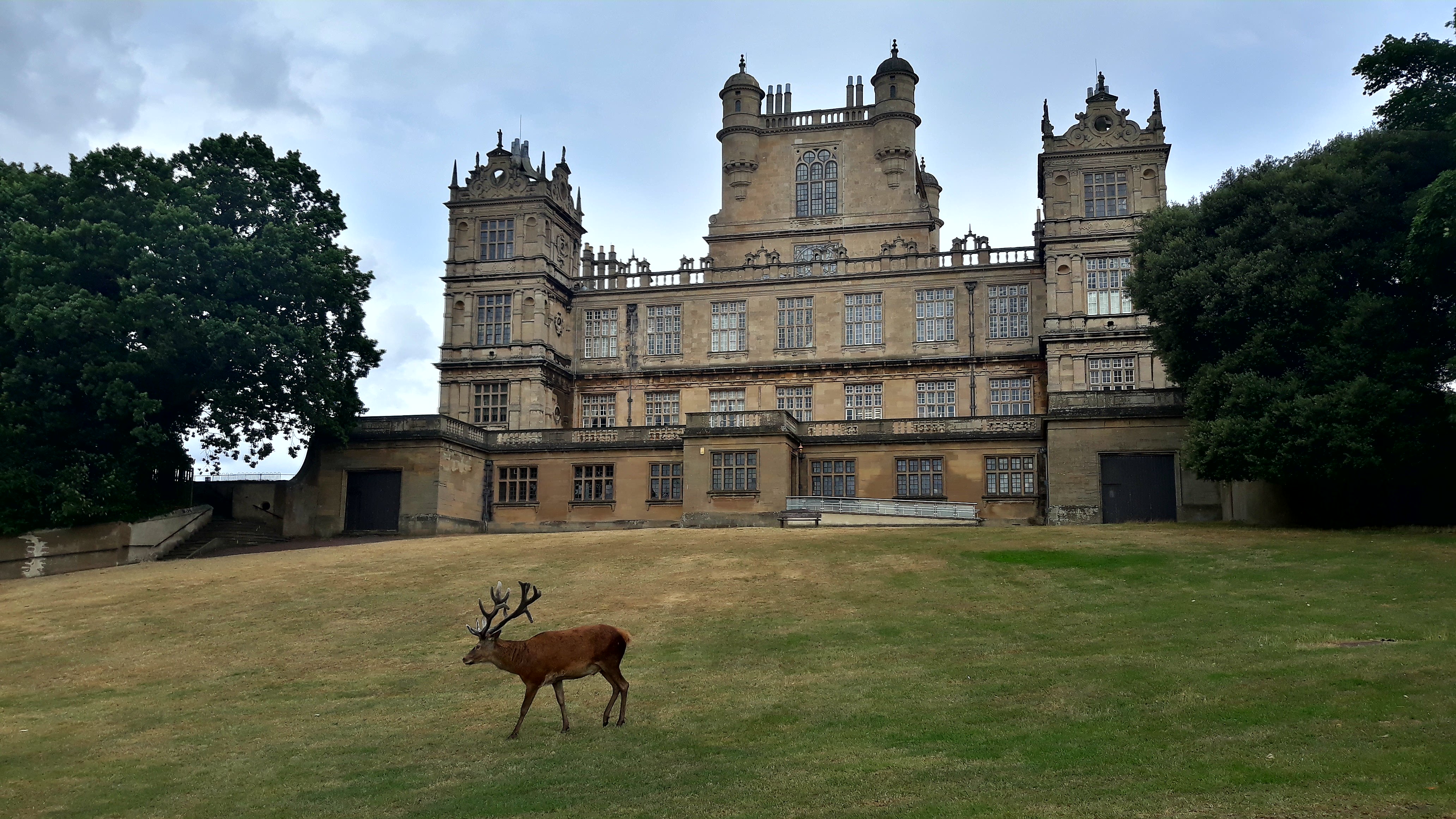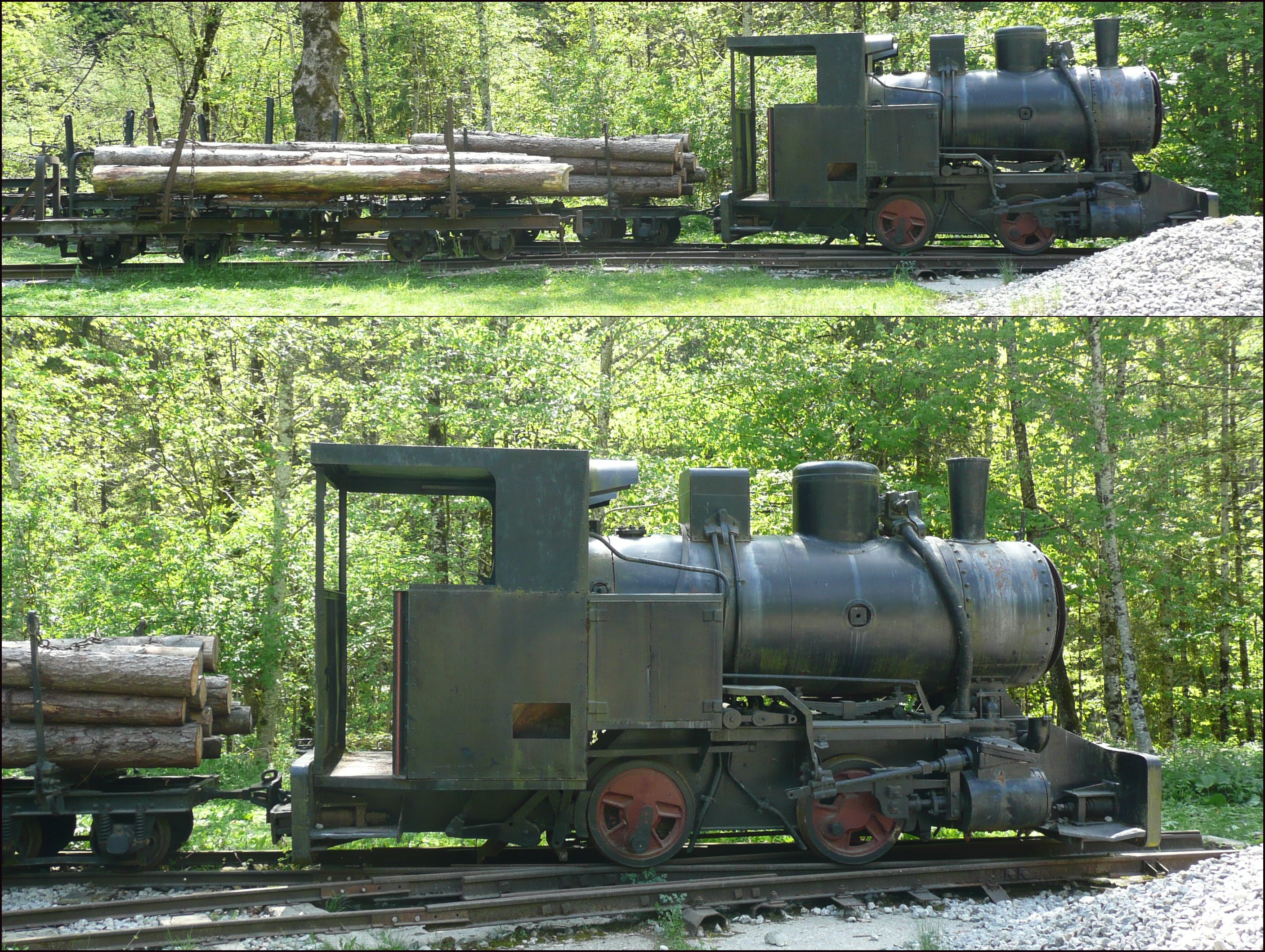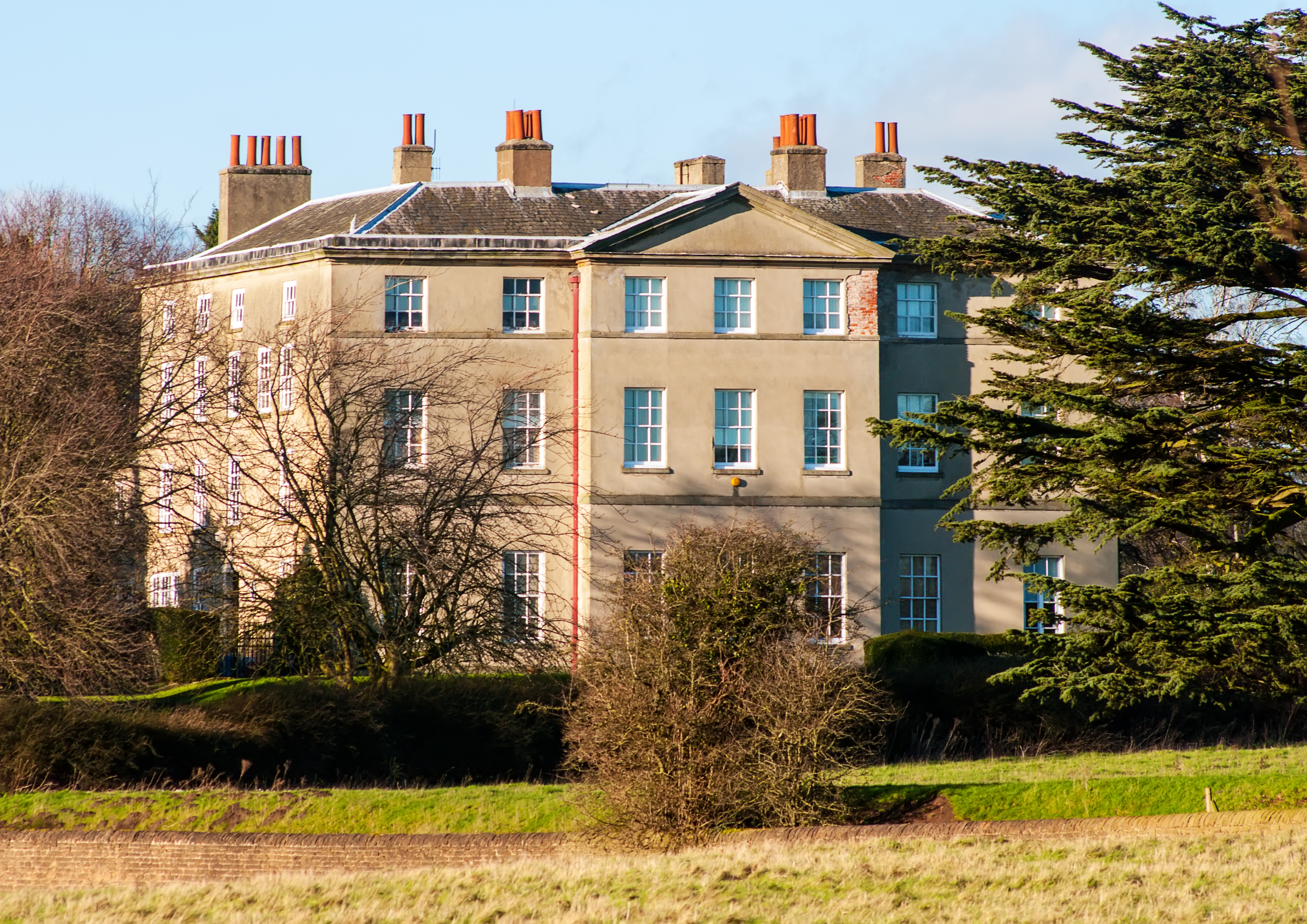|
Wagonway
A wagonway (or waggonway; also known as a horse-drawn railway, or horse-drawn railroad) was a method of rail transport, railway transportation that preceded the steam locomotive and used horses to haul wagons. The terms plateway and tramway (industrial), tramway were also used. The advantage of wagonways was that far bigger loads could be transported with the same power compared to horse haulage along roads. Ancient systems The earliest evidence is of the long ''Diolkos'' paved trackway, which transported boats across the Isthmus of Corinth in Greece from around 600 BC. Wheeled vehicles pulled by men and animals ran in grooves in limestone, which provided the track element, preventing the wagons from leaving the intended route. The Diolkos was in use for over 650 years, until at least the 1st century AD. Paved trackways were later built in Roman Egypt. Wooden rails Such an operation was illustrated in Germany in 1556 by Georgius Agricola (image left) in his work De re met ... [...More Info...] [...Related Items...] OR: [Wikipedia] [Google] [Baidu] |
Wollaton Wagonway
The Wollaton Wagonway (or Waggonway), built between October 1603 and 1604 in the East Midlands of England by Huntingdon Beaumont in partnership with Sir Percival Willoughby, has sometimes been credited as the world's first ''overground'' wagonway and therefore, regarded as a significant step in the development of Timeline of railway history, railways. Its primacy has been recently questioned because of a wagonway built at Prescot, near Liverpool, sometime around 1600 and possibly as early as 1594. Owned by Philip Layton, this line carried coal from a pit near Prescot Hall to a terminus about half a mile away. Also, a wagonway at Broseley in Shropshire was probably earlier. The wagonway was the earliest form of railway. Although modern historians are uncertain as to whether it evolved gradually or was invented at a particular time, it is known that, between the Autumn of 1603 and 1 October 1604, a wagonway had been built near Nottingham, by Huntingdon Beaumont who was the partner ... [...More Info...] [...Related Items...] OR: [Wikipedia] [Google] [Baidu] |
Plateway
A plateway is an early kind of railway, tramway or wagonway, where the rails are made from cast iron. They were mainly used for about 50 years up to 1830, though some continued later. Plateways consisted of L-shaped rails, where the flange on the rail guides the wheels, in contrast to edgeways, where flanges on the wheels guide them along the track. Plateways were originally horsedrawn but, later on, cable haulage and small locomotives were sometimes used. The plates of the plateway were made of cast iron, often fabricated by the ironworks that were their users. On most lines, that system was replaced by rolled wrought iron (and later steel) "edge rails" which, along with realignment to increase the radius of curves, converted them into modern railways, better suited to locomotive operation. Plateways were particularly favoured in South Wales and the Forest of Dean, in some cases replacing existing edge rails. Other notable plateways included the Hay Railway, the Glo ... [...More Info...] [...Related Items...] OR: [Wikipedia] [Google] [Baidu] |
Huntingdon Beaumont
Huntingdon Beaumont (c.1560–1624) was an English coal mining entrepreneur who built two of the earliest wagonways in England for trans-shipment of coal. He was less successful as a businessman and died having been imprisoned for debt. Beaumont was the youngest of four sons born to Sir Nicholas Beaumont and his wife Ann (Saunders). They were an aristocratic family in the English East Midlands. There were several branches to the Beaumont dynasty and this was the one based at Coleorton in Leicestershire. He was therefore of gentleman status in the formal Elizabethan sense. The family owned coal bearing lands and worked them. Beaumont was involved in this coal working and eventually he began working in his own right in the Nottingham area. In 1603/04, during his partnership with Sir Percival Willoughby, Lord of the Wollaton Manor, Beaumont constructed the Wollaton Wagonway. 21st century research has established that this is not the world's first wagonway with edged rails, but th ... [...More Info...] [...Related Items...] OR: [Wikipedia] [Google] [Baidu] |
Rail Transport
Rail transport (also known as train transport) is a means of transport using wheeled vehicles running in railway track, tracks, which usually consist of two parallel steel railway track, rails. Rail transport is one of the two primary means of land transport, next to road transport. It is used for about 8% of passenger and rail freight transport, freight transport globally, thanks to its Energy efficiency in transport, energy efficiency and potentially high-speed rail, high speed.Rolling stock on rails generally encounters lower friction, frictional resistance than rubber-tyred road vehicles, allowing rail cars to be coupled into longer trains. Power is usually provided by Diesel locomotive, diesel or Electric locomotive, electric locomotives. While railway transport is capital intensity, capital-intensive and less flexible than road transport, it can carry heavy loads of passengers and cargo with greater energy efficiency and safety. Precursors of railways driven by human or an ... [...More Info...] [...Related Items...] OR: [Wikipedia] [Google] [Baidu] |
Jackfield
Jackfield is a village in the Telford and Wrekin borough of Shropshire, England, lying on the south bank of River Severn in the Ironbridge Gorge, downstream from Ironbridge. Like many of the settlements in the area, it is notable for its place in the Industrial Revolution. History Jackfield grew as a river port for nearby Broseley and Benthall (which are situated high above the Severn) and is a notable part of the area's famous early industrial activity. The first railway in Shropshire and second in Great Britain was built here – by 1605, the lord of the manor of Broseley, James Clifford, had constructed a wooden railway (usually termed a wagonway) from his coal mines to the river at Jackfield. It has recently been suggested that this is older than the Wollaton Wagonway which is generally thought to be the earliest such wagonway. There was a pottery here from at least 1634 and corn mills existed along the stream that flowed into the river. The wooden railway also followe ... [...More Info...] [...Related Items...] OR: [Wikipedia] [Google] [Baidu] |
Broseley
Broseley () is a market town in Shropshire, England, with a population of 4,929 at the 2011 Census and an estimate of 5,022 in 2019. The River Severn flows to its north and east. The first iron bridge in the world was built in 1779 across the Severn, linking Broseley with Coalbrookdale and Madeley. This contributed to the early industrial development in the Ironbridge Gorge, which is now part of a World Heritage Site. History There was a settlement existing in 1086, listed as Bosle in the Domesday Book of that year, when it lay in the Hundred of Alnodestreu. That jurisdiction was dismembered in the time of King Henry I, when Broseley and Willey were reassigned to the Munslow Hundred. Finally they were transferred to the Liberty of Wenlock on its creation in the time of King Richard I. The place name appears as ''Burewardeslega'' in 1177, and in similar variants thereafter, indicating that it had anciently been Burgheard's (or Burgweard's) clearing, or grove. In Broseley ... [...More Info...] [...Related Items...] OR: [Wikipedia] [Google] [Baidu] |
Wollaton
Wollaton is a suburb and former civil parish in the western part of Nottingham, in the Nottingham district, in the ceremonial county of Nottinghamshire, England. Wollaton has two wards in the City of Nottingham (''Wollaton East & Lenton Abbey'' and ''Wollaton West''), with a total population of 24,693 at the 2011 census. It is home to Wollaton Hall, with its museum, deer park, lake, walks and golf course. History The remains of Roman kilns, crematoria and coins have been found in Wollaton. The centre of Wollaton village, the original heart of the suburb, has remained relatively unchanged over the past few hundred years and is dominated by the Admiral Rodney public house and the Anglican church of St Leonard dating back to the 13th century. It also features historic cottages, an Elizabethan dovecote and a water pump. In 1931 the parish had a population of 1796. On 1 April 1933 the parish was abolished and merged with Nottingham. Most areas of the former parish were built- ... [...More Info...] [...Related Items...] OR: [Wikipedia] [Google] [Baidu] |
Tramway (industrial)
Tramways are lightly laid industrial railways, often not intended to be permanent. Originally, rolling stock could be pushed by humans, pulled by animals (especially horses and mules), cable-hauled by a stationary engine, or pulled by small, light locomotives. Tramways can exist in many forms; sometimes simply tracks temporarily placed on the ground to transport materials around a factory, mine or quarry. Many use narrow-gauge railway technology, but because tramway infrastructure is not intended to support the weight of vehicles used on railways of wider track gauge, the infrastructure can be built using less substantial materials, enabling considerable cost savings. The term "tramway" is not used in North America, but is commonly used in the United Kingdom and elsewhere where British railway terminology and practices influenced management practices, terminologies and railway cultures, such as Australia, New Zealand, and those parts of Asia, Africa and South America that c ... [...More Info...] [...Related Items...] OR: [Wikipedia] [Google] [Baidu] |
Strelley, Nottinghamshire
Strelley is a village and former civil parish in the Borough of Broxtowe and City of Nottingham in Nottinghamshire, England. It is to the west of Nottingham. The population of the civil parish taken at the 2011 census was 653, and 496 at the 2021 United Kingdom census, 2021 census. It is also the name of the nearby post World War II, war council housing estate. The village lies mainly in the Borough of Broxtowe, Broxtowe district with a small portion crossing over into the city administrative area, whilst the estate is fully contained in the city of Nottingham. The village is separated from the housing estate by the A6002 road. Village The village of Strelley was first recorded in the Domesday Book in 1086, where it appears as ''Straleia''. The name means 'clearing on a street or Roman road', though there is not known to be a Roman road in the area. The village has quite a secluded atmosphere as it is not on a through-road for traffic, although Rights of way in England and W ... [...More Info...] [...Related Items...] OR: [Wikipedia] [Google] [Baidu] |
Society Of Mines Royal
The Society of the Mines Royal was one of two English mining monopoly companies incorporated by royal charter in 1568, the other being the Company of Mineral and Battery Works. History On 28 May 1568, Elizabeth I established the society by letters patent as a joint stock company with 24 shareholders:''Memoirs of the Geological Survey of England and Wales, Volume 2, Issue 2'', (1848)p. 639/ref> *Haug, Langnauer & Company, Augsburg *Sir William Cecil * Thomas Thurland, Master of the Savoy *Edmund Thurland *Roger Wetheral *Robert Dudley, 1st Earl of Leicester * William Humfrey of the Mint * Benedict Spinola * Cornelius de Vos *Jeffrey Duckett *Richard Springham, alderman * James Blount, 6th Baron Mountjoy *John Dudley * William Winter * George Needham or Nedham * William Patten *Jeffrey "Wolcheton" * Lionel Duckett, alderman *John Tamworth *Matthew Field *Edmund "Worschopp" *Anthony Duckett of Grayrigg, Westmorland * William Burd (treasurer to the company) *Thomas Smythe, cust ... [...More Info...] [...Related Items...] OR: [Wikipedia] [Google] [Baidu] |
Nottingham
Nottingham ( , East Midlands English, locally ) is a City status in the United Kingdom, city and Unitary authorities of England, unitary authority area in Nottinghamshire, East Midlands, England. It is located south-east of Sheffield and north-east of Birmingham. Nottingham is the legendary home of Robin Hood and to the lace-making, bicycle and Smoking in the United Kingdom, tobacco industries. The city is also the county town of Nottinghamshire and the settlement was granted its city charter in 1897, as part of Queen Victoria's Diamond Jubilee celebrations. In the 2021 United Kingdom census, 2021 Census, Nottingham had a reported population of 323,632. The wider conurbation, which includes many of the city's suburbs, has a population of 768,638. It is the largest urban area in the East Midlands and the second-largest in the Midlands. Its Functional Urban Area, the largest in the East Midlands, has a population of 919,484. The population of the Nottingham/Derby metropolitan a ... [...More Info...] [...Related Items...] OR: [Wikipedia] [Google] [Baidu] |








